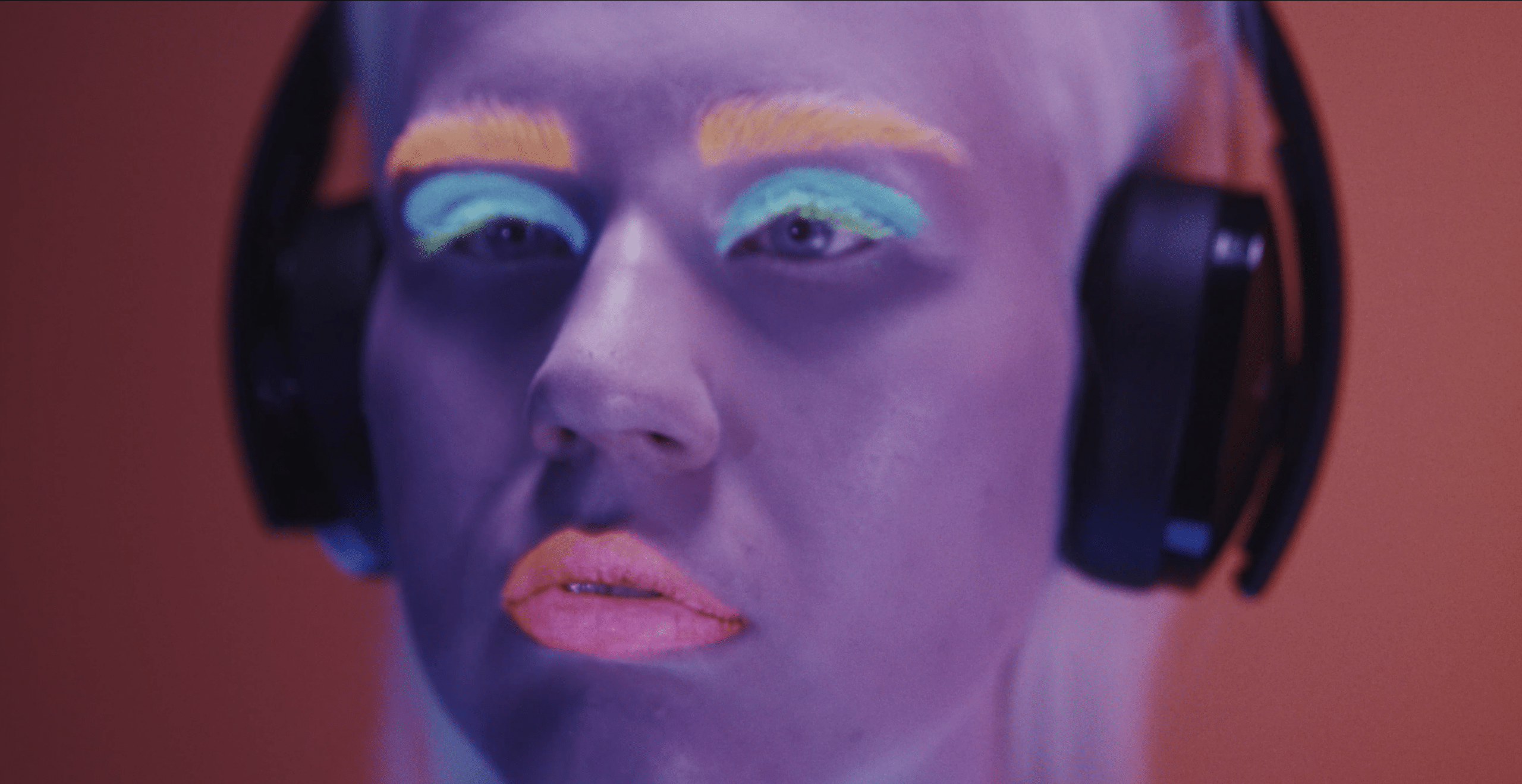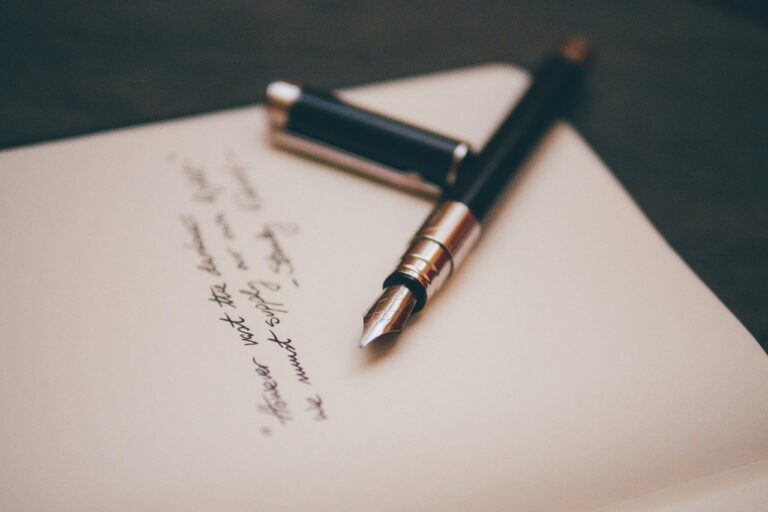What color does the word “book” look to you? Does the national anthem taste sweet or salty to you? If you read these questions and all you could think of was, “huh?” It’s probably because you don’t have synesthesia.
Synesthesia is a real — but controversial — neurological condition in which people experience two or more senses simultaneously. The name synesthesia comes from the Greek words “synth” (which means “together”) and “ethesia” (which means “perception”). People who have synesthesia report being able to “taste” music when they hear it or “feel” words when they read them.
Read on to learn more about this peculiar condition that may actually be more common than we once thought.
In This Article
What is synesthesia?
According to the American Psychological Association (APA), synesthesia is “a condition in which stimulation of one sense generates a simultaneous sensation in another.” These coexisting sensations are automatic, meaning that they are unintentional and unconscious, and they are also d and consistent over time (i.e., people who have synesthesia consistently experience these intertwining sensations when exposed to particular stimuli).
Synesthesia is a neurological condition, but it’s not considered a disorder or a disease. It is also not associated with autism, although it is possible for people with autism to develop synesthesia. It seems to be more prevalent in artists — musicians, writers, painters. About 20 to 25% of people of these professions report being synesthetes, according to Psychology Today. In fact, many famous, past and present, are documented synesthetes:
- Vincent Van Gogh
- Billy Joel
- Lorde
- Lady Gaga
- Pharell Williams
- Stevie Wonder
- Tori Amos
- Duke Ellington
What are the symptoms of synesthesia?
There are several types of synesthesia and all have different symptoms. Generally speaking, though, most synesthetes share the following factors:
They can’t control it: synesthesia is not something that you can turn “on” and “off.” People who have it can’t control when it happens or to what stimulus they will respond to.
Perceptions become fixed: most synesthetes report that once their mind associates a stimulus with a sensation (for example, seeing the color yellow when they hear the word “train”), it will always appear the same.
It tends to start in childhood: people rarely develop synesthesia as adults. Studies show that synesthetes usually start experiencing sensory associations, which tend to become more fixed over time.
Types of synesthesia
There are at least 35 different subtypes of synesthesia, but experts believe that there could be as many as 60 or more. The many different types of synesthesia respond to all the possible ways that two or more senses could potentially be paired together. A quick reminder that there are five basic human senses: touch, sight, hearing, taste, and smell.
The most common type of synesthesia is grapheme-color synesthesia, which is when people visualize written letters or numbers as colors, either on the written page or in their minds. The author Vladimir Nabokov, famous for the novel Lolita and known synesthete, wrote in his autobiographical memoir:
“The long “a” of the English alphabet has for me the tint of weathered wood, but a French “a” evokes polished ebony. This black group also includes hard “g” (vulcanized rubber) and “r” (a sooty rag being ripped). Oatmeal “n”, noodle-limp “l”, and the ivory-backed hand mirror of an “o” take care of the whites. I am puzzled by my French “on” which I see as the brimming tension-surface of alcohol in a small glass.”
Other forms of synesthesia include:
Sound-to-color synesthesia: also called chromesthesia, it is when a person sees certain shapes and colors when they hear music.
Lexical-gustatory synesthesia: a fairly rare type of synesthesia that causes the person to experience different tasting sensations when they hear sounds.
Ordinal linguistic personification: according to BetterHelp, people with this type of synesthesia perceive ordered sequences such as numbers, days, or months as having distinct personality traits and gender.
Spatial sequence synesthesia: sometimes known as visio-spatial synesthesia, this rare subtype causes people to “see” time. Here’s how one person with spatial sequence synesthesia described it to Buzzfeed:
“I’ve ‘seen’ time for as long as I can remember, and it has always looked the same – each unit, whether lessons, days, weeks, months, or years, is represented by boxes, running right to left. If they existed outside my head, each box would be around 40cm x 40cm or so, much like a hopscotch square, and I am always standing in today. If I’m in a room of people, I can roughly identify who is standing where in time. It’s my bizarre party trick.”
Mirror-touch synesthesia: also a rare type of synesthesia, it happens when the synesthete feels the same sensation as somebody else. For example, you see someone scratching their arm and feel the urge to scratch yours as well. Studies show that people with mirror-touch synesthesia may have a heightened sense of empathy.
Misophonia: not all synesthesia is fun or creative. Misophonia, which has only recently been recognized as a form of synesthesia, is when certain sounds trigger a negative or disturbing emotional or physiological response. Misophones may find everyday sounds (typically made by other people) such as yawning, chewing, coughing, or breathing extremely bothersome and even physically painful.
Can you test for synesthesia?
There’s no official method for diagnosing synesthesia, but there are many online tests that can give you a better idea of whether or not you have this condition. Of course, these tests are not meant to be used as diagnostic tools, and you should take the results with a grain of salt. It’s always better to talk to a healthcare provider or mental health professional if you want to know for sure.
If you don’t want to take an online test, you can also do a quick self-assessment to see if you have any of the hallmark symptoms of synesthesia. Self-tests are not diagnostic tools, either, but they are a good place to start if you think you may have this condition. Here’s how to do it:
Find somewhere quiet where you won’t be disturbed and sit or lay down in a comfortable position with your eyes closed.
Now start going over each letter of the alphabet in your mind: do you associate a particular color with them? Or do they evoke a taste or seem to be in a particular place or pattern? If so, write it down.
Repeat the exercise a couple of hours later and compare your answers. If the individual letters appear to be mostly the same color, shape, or taste every time you envision them, you could have synesthesia.
You can also try this exercise with music or food.
Should I see a doctor if I think I have synesthesia?
Having synesthesia won’t hurt your health or your brain. However, you may want to see a doctor if you have symptoms that interfere with your daily activities, as they may be a sign of an underlying health issue. On the other hand, if you are a synesthete and you’re not bothered by any of your symptoms, you might not need to see a doctor at all.
Author: Marie Miguel












